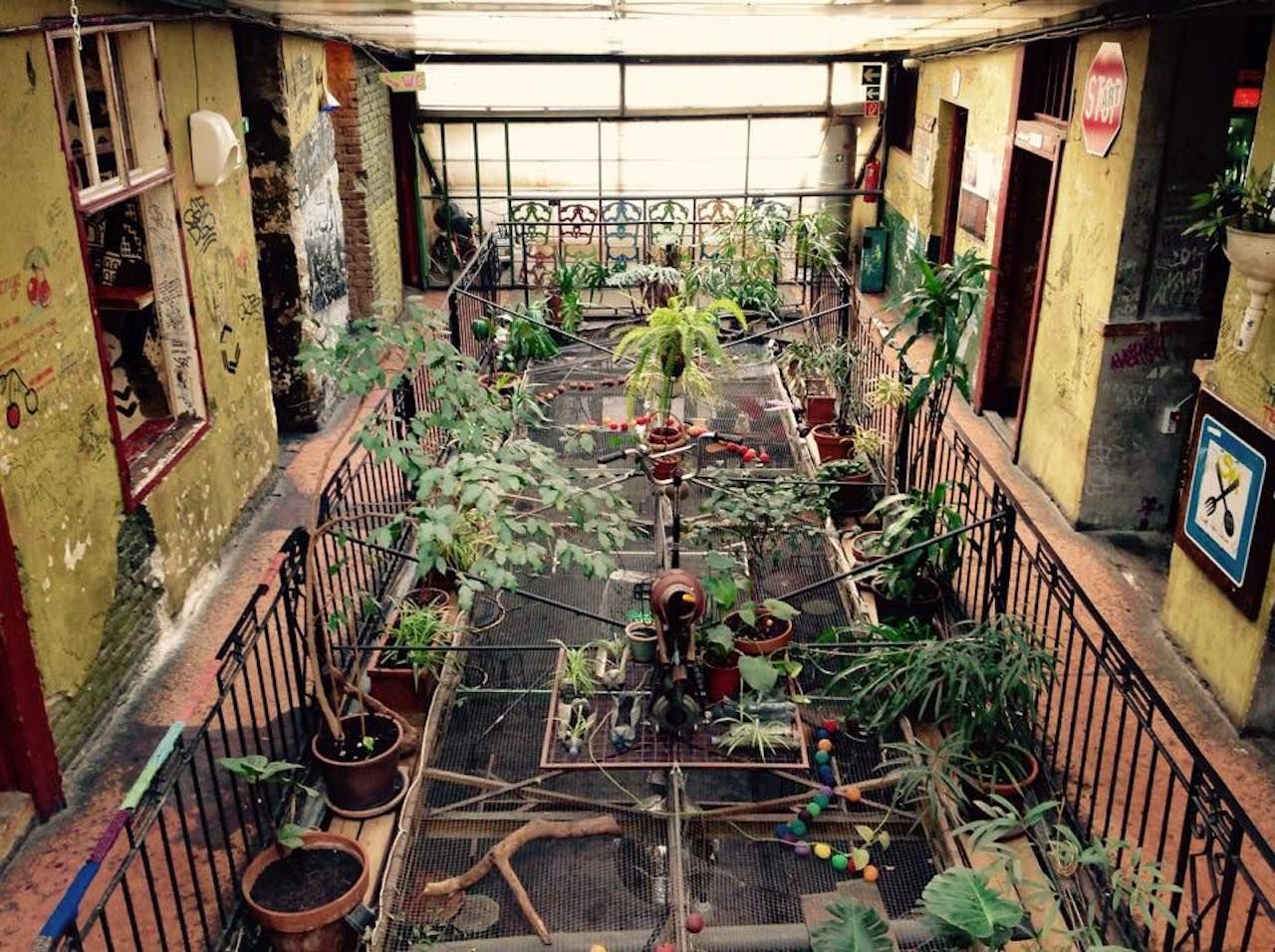Budapest is famous for its nightlife. Few, if any, Central or Eastern European cities match the bars and clubs of what’s known as both the Queen of the Danube and the Heart of Europe. And to see the true heart of Budapest, you have to go to the romkocsma, or ruin bars.
Ruin bars are exactly what the name suggests: abandoned, derelict buildings that have been transformed into local watering holes. Concentrated primarily in the city’s Jewish Quarter in the seventh district, ruin bars vary widely in style and offerings but are the collective heart of Budapest’s inner city. Most have an open-air courtyard, eclectic and mismatched furniture, and, in general, cheap beer and food. They’re also where you can find both locals and in-the-know tourists. But it wasn’t always this way.



